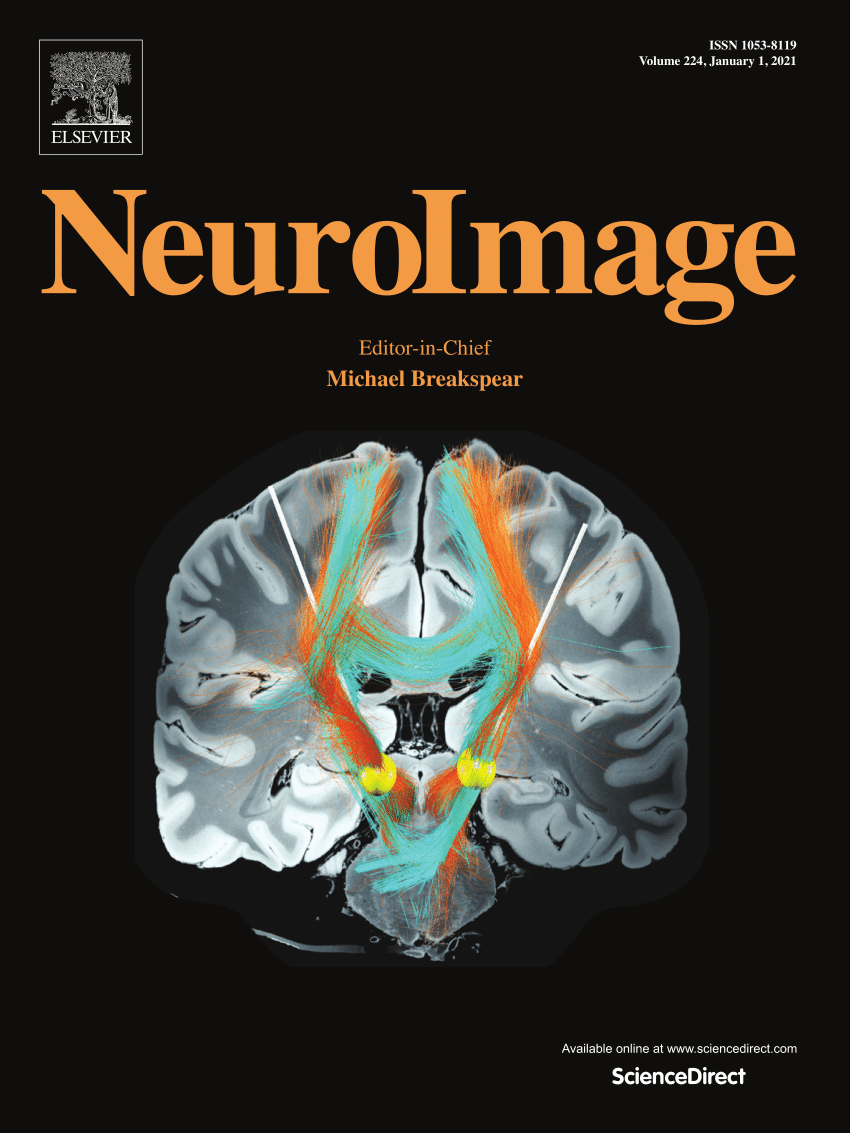High autistic traits linked with reduced performance on affective task switching: An ERP study
IF 4.5
2区 医学
Q1 NEUROIMAGING
引用次数: 0
Abstract
Few studies have investigated affective flexibility in individuals with high autistic traits. In the present study, we employed affective task-switching paradigm combined with event related potential (ERP) technology to explore affective flexibility in individuals with high autistic traits. Participants were instructed to switch between identifying the gender (gender task) and emotion (emotion task) of presented faces. Two groups of participants were recruited based on the Autism Spectrum Quotient (AQ) scores: a High Autistic Group (HAG) and a Low Autistic Group (LAG). The results confirmed that the HAG exhibited greater behavioral emotion switch costs and increased N2 and decreased P3 components when switching to the emotion task. Additionally, we identified an affective asymmetric switch cost in the HAG, where the switch cost for the emotion task was larger than for the gender task at both behavioral and electrophysiological levels. In contrast, a symmetrical switch cost was observed in the LAG. These findings indicate that the HAG experiences difficulties with affective flexibility, particularly in tasks involving emotional processing. The patterns of affective asymmetric switch costs observed in both groups differed from previous results in autistic children and the general population, suggesting that the relative dominance of gender and emotion tasks may vary between the two groups. We propose that the dominance of emotion tasks declines as autistic traits increase.
高度自闭症特质与情感任务转换表现下降有关:ERP 研究。
很少有研究调查高度自闭症患者的情感灵活性。在本研究中,我们采用了情感任务转换范式,并结合事件相关电位(ERP)技术来探讨高度自闭症患者的情感灵活性。受试者被要求在识别所呈现人脸的性别(性别任务)和情绪(情绪任务)之间进行切换。研究人员根据自闭症谱系商数(AQ)评分招募了两组参与者:高度自闭症组(HAG)和低度自闭症组(LAG)。结果证实,高自闭症组表现出更高的行为情绪转换成本,在转换到情绪任务时,N2成分增加,P3成分减少。此外,我们还在 HAG 中发现了情感非对称转换成本,即在行为和电生理水平上,情感任务的转换成本均大于性别任务的转换成本。相比之下,在 LAG 中则观察到了对称的转换成本。这些发现表明,HAG 在情感灵活性方面存在困难,尤其是在涉及情感处理的任务中。在这两个群体中观察到的情感非对称转换成本模式与之前在自闭症儿童和普通人群中观察到的结果不同,这表明性别和情感任务的相对主导地位可能在这两个群体中有所不同。我们认为,随着自闭症特征的增加,情绪任务的主导地位也会下降。
本文章由计算机程序翻译,如有差异,请以英文原文为准。
求助全文
约1分钟内获得全文
求助全文
来源期刊

NeuroImage
医学-核医学
CiteScore
11.30
自引率
10.50%
发文量
809
审稿时长
63 days
期刊介绍:
NeuroImage, a Journal of Brain Function provides a vehicle for communicating important advances in acquiring, analyzing, and modelling neuroimaging data and in applying these techniques to the study of structure-function and brain-behavior relationships. Though the emphasis is on the macroscopic level of human brain organization, meso-and microscopic neuroimaging across all species will be considered if informative for understanding the aforementioned relationships.
 求助内容:
求助内容: 应助结果提醒方式:
应助结果提醒方式:


